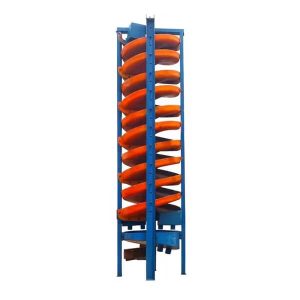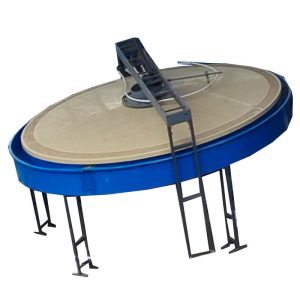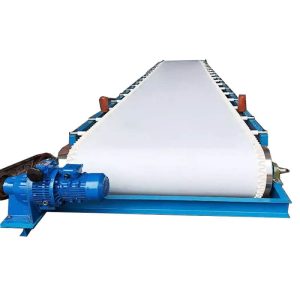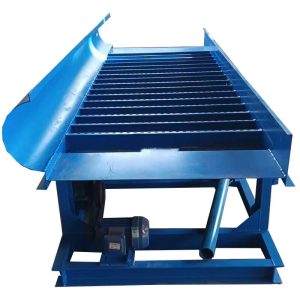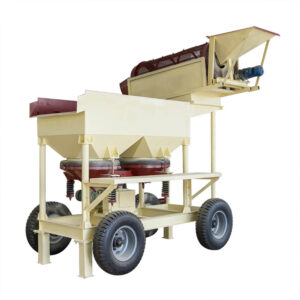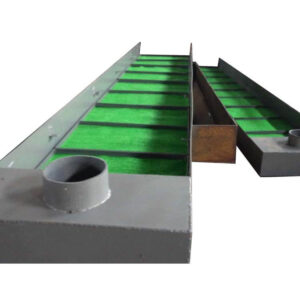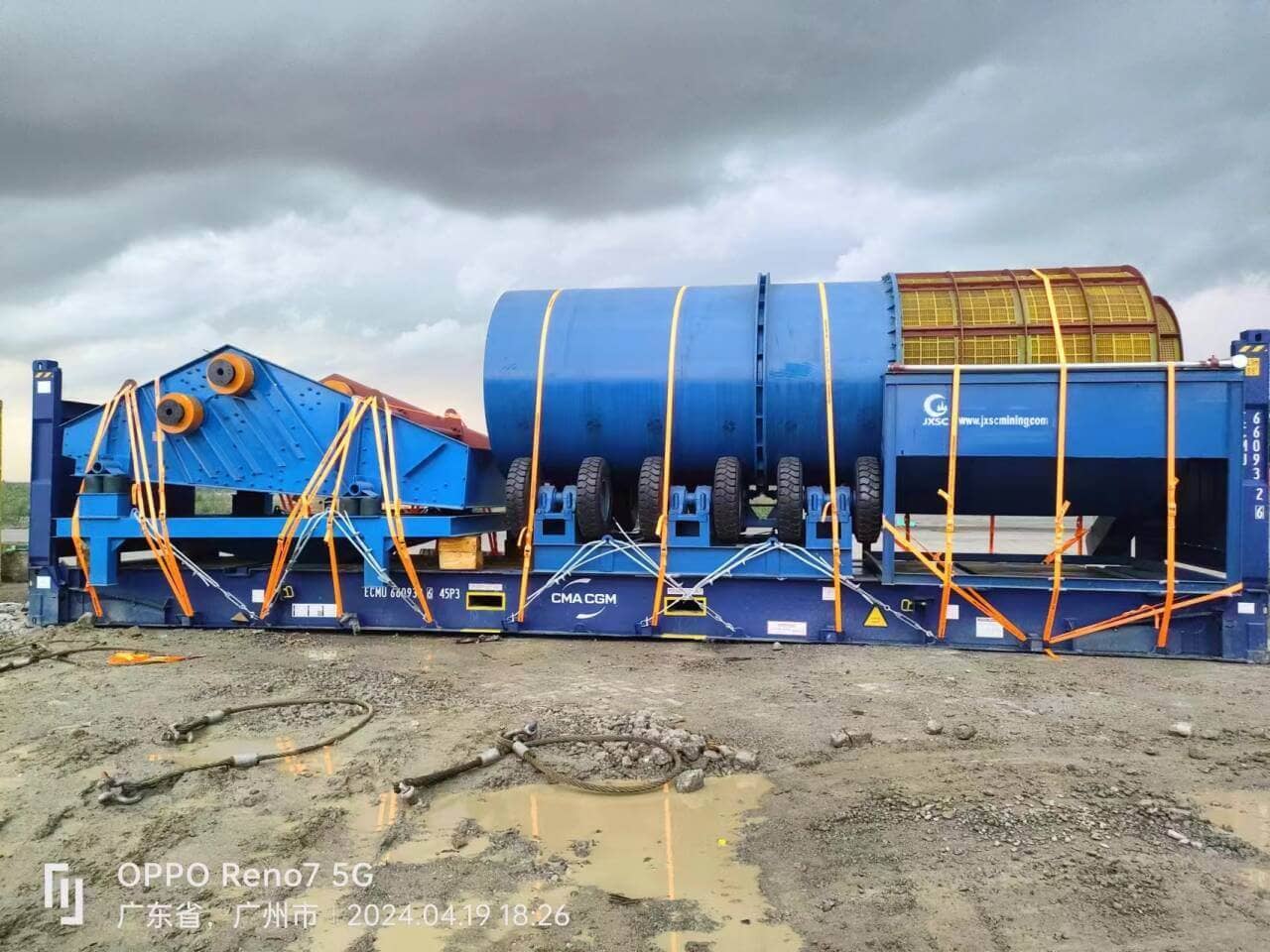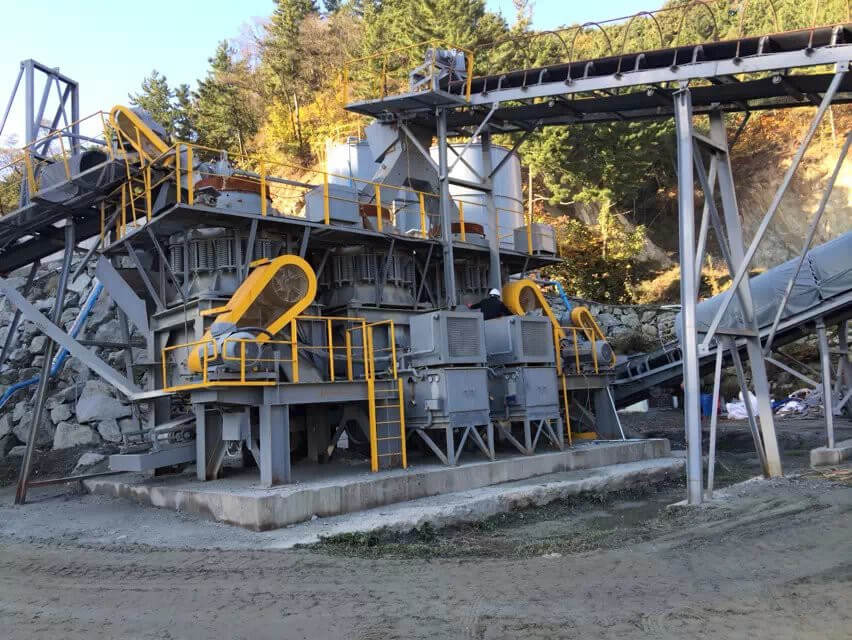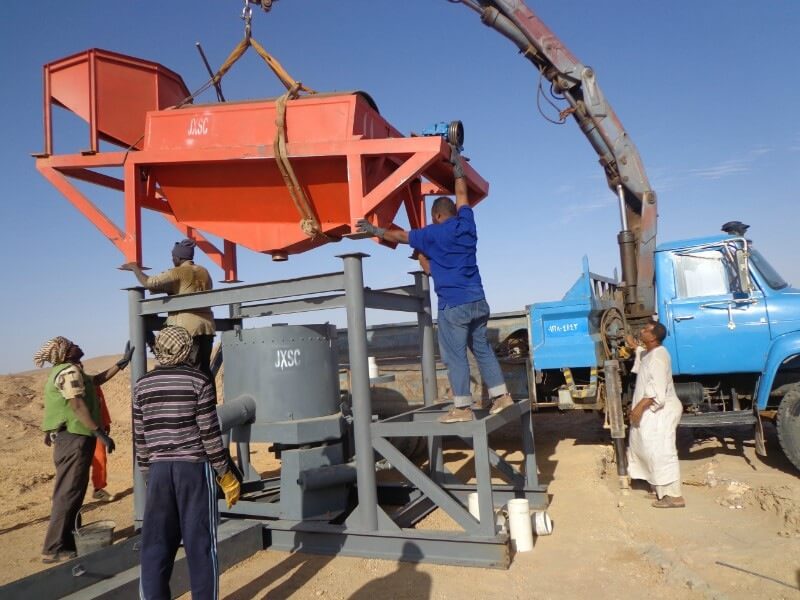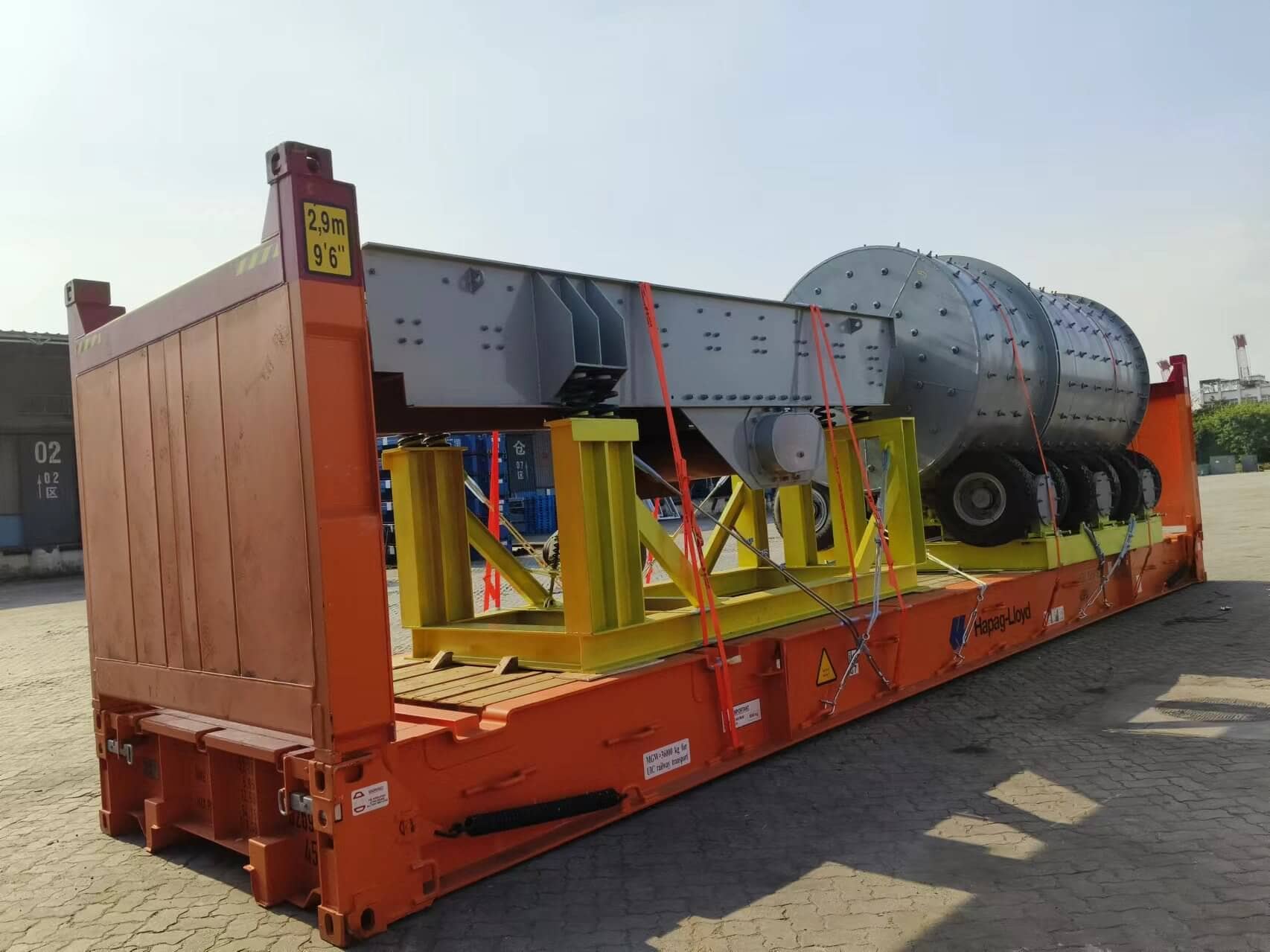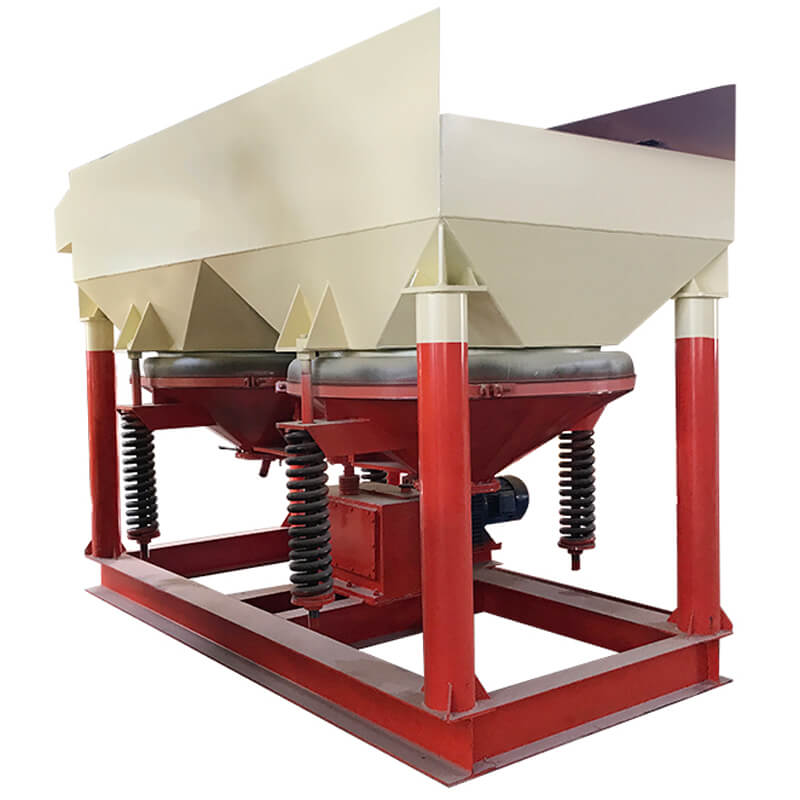
Jig Concentrator
Capacity: 1-25 tph
Feeding Size: <25 mm
Process Material: Alluvial gold, crushed rock gold, coltan, tin, tungsten, diamond, barite, iron, manganese, fluorite, garnet, etc.
Jig Concentrator Overview
The Jig separator concentrator is an effective gravity separation machine based on the ore material density difference. The jigging machine is mainly used for processing placer gold, coltan, tungsten, tin, etc. higher the density difference, the better the jigging separation effect.
Jig Concentrator Types
- Eccentric jig concentrator (plunger jig separator machine and diaphragm jig separator machine)
- Hydraulic jig separator machine
- Movable sieve jig separator
- Air pulsating jig separator
- Trapezoid jig separator machine
The diaphragm jig separator machine has high beneficiation efficiency and can process coarse particle ore, separate tungsten, tin, and the like with a particle size of up to 16 mm and a minimum particle size of 0.5 mm.
The trapezoidal jig separator machine has a large processing capacity and a wide particle size of 50-0.25 mm. It has been promoted and used in tungsten, tin, and iron ore dressing plants.
According to the beneficiation medium, mineral jig divided into the hydraulic jig and dry jig, dry material feeding has a better result.
Advantages
Jig Concentrator Advantages
- Low water consumption when compared with most centrifugal concentrators.
- A high degree of recoveries – recover 0.5% to 30% concentrate, increasing recovery rate.
- Wide feed and particle size recovery – feed size up to 30mm, which reduces the step of prescreening the feed. Improve the potential for gravity recovery and avoid excessive grinding
- Efficient – low operating costs, low water consumption.
Structures & Working Principle
Jig Separator Structure
The main parts of a jig separator are the tailing box, pressure screen frame, screen mesh, bearing screen frame, supplementing water pipe, trough circle, tympanic membrane, cone bucket, cam box assembly, speed regulating motor, ore hopper, trough circle, spring, spring tie rod, spring seat, concentrate pipe, etc.,
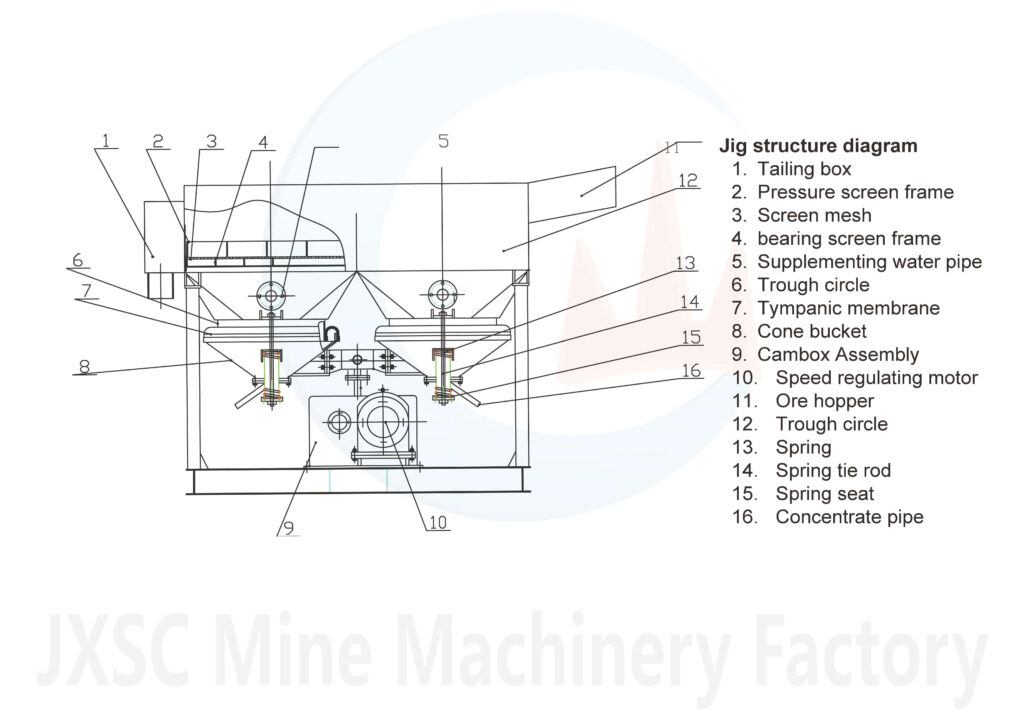
Jig Separator Working Principle
The mixture of mineral particles of different specific gravities is layered by specific gravity in a vertically moving variable-speed medium flow (water or air). The ore particles with a small specific gravity are located in the upper layer, and the larger ore particles are located in the lower layer, and then they are separated into products of different specific gravity by mechanical action and water flow, and are respectively discharged.
【Mineral bed】 usually pave a 10-15cm mineral bed by using iron ore ( 50% grade ). JXSC engineer will help you to determine the bed thickness, iron size, screen mesh, and adjust the stroke, stroke frequency before delivery.
Technical Parameters
| Model | Jigging Chamber | Diaphragm | Feeding Size (mm) | Back Wash Water(m3/h) | Back Wash Water Pressure (Mpa) | Capacity(T/H) | Power(KW) | Dimensions (mm) | Weight (T) | ||
| Shape | Jig Area (M2) | Stroke | Jig Frequency | ||||||||
| JT0.57-1 | Trapezoid | 0.57 | 10-17 | 80-120 | <10 | 18-20 | ≥0.1 | 1-3 | 1.5 | 1500*780*1530 | 0.6 |
| JT1-1 | Rectangle | 1.1 | 10-17 | <10 | 20-30 | 2-5 | 2.2 | 2270*1110*1890 | 0.9 | ||
| JT2-2 | Rectangle | 2.3 | 10-17 | 60-100 | <25 | 40-50 | 4-8 | 3 | 2900*1550*2000 | 1.4 | |
| JT4-2 | Rectangle | 4.5 | 20-30 | <25 | 80-100 | 10-15 | 7.5 | 3900*2000*2460 | 3.2 | ||
| JT4-2A | Rectangle | 4.5 | 20-30 | <25 | 80-100 | 10-15 | 4*2pcs | 3900*2000*2460 | 4 | ||
| JT5-2 | Trapezoid | 5 | 20-30 | <25 | 80-100 | 10-20 | 7.5 | 4000*2050*2600 | 3.2 | ||
| JT6-3 | Rectangle | 6.8 | 20-30 | <25 | 120-150 | 20-25 | 7.5+4 | 5400*2000*2460 | 5 | ||

